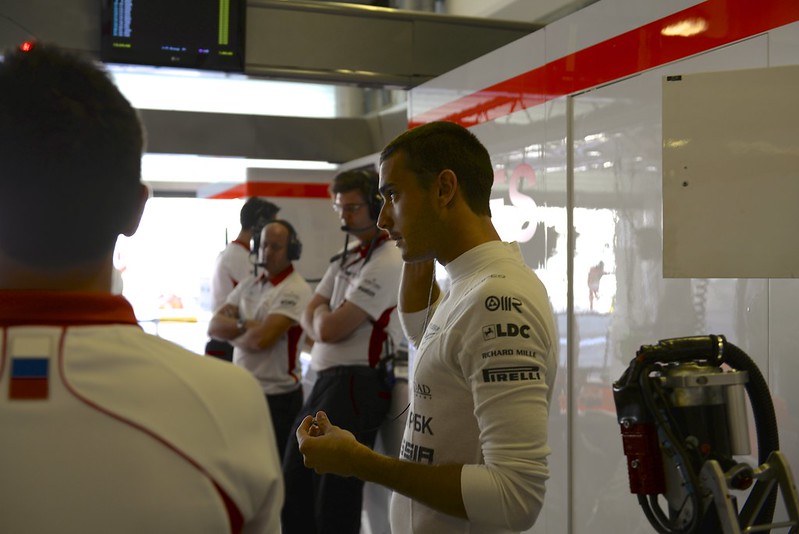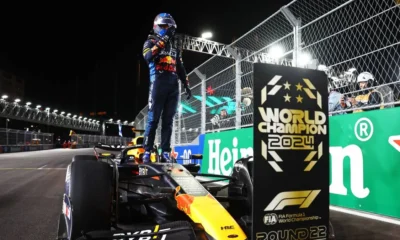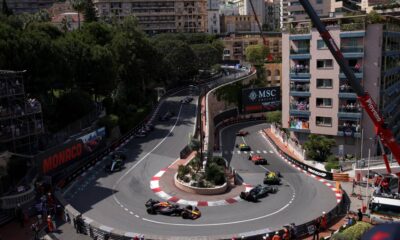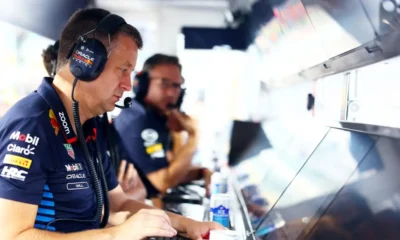Motorsport
Today marks seven years since the death of Jules Bianchi
Today is exactly seven years since Formula 1 driver Jules Bianchi died as a result of a serious accident. The young Frenchman lost his life at the age of 25 when he collided with a crane clearing another crashed car during the Japanese Grand Prix.

Today is exactly seven years since Formula 1 driver Jules Bianchi died as a result of a serious accident. The young Frenchman lost his life at the age of 25 when he collided with a crane clearing another crashed car during the Japanese Grand Prix.
The Frenchman was the driver everyone predicted would have a promising future. He was one of the greatest talents of his generation and it was expected that Bianchi would eventually move to Ferrari.
According to Daniel Ricciardo , Bianchi would be the big star at Ferrari that Leclerc became. However, Bianchi died in 2015 from the aftermath of a serious accident in Japan. He was 25 years old.
Bianchi tested a Ferrari car at the Jerez circuit in Spain in 2009. In the following years, the Frenchman was long in the crosshairs of Force India, where he became a test driver.
In 2013, he became a driver for the Marussia team. Despite a bad car, Bianchi was able to show his talent.
Japanese GP
During the 2014 Japanese Grand Prix, disaster struck. Heavy rain caused Adrian Sutil’s car to go off the track. While marshals worked to remove his car from the track, Bianchi’s car slid off the track in the exact same spot. At high speed, it collided with a mobile crane.
The accident was so serious that Bianchi suffered severe brain damage and ended up in a coma. The Frenchman was transferred from a hospital in Japan to a hospital in Nice. He died there about a year later, on July 17, 2015. He was the first driver since Ayrton Senna in 1994 to die as a result of an accident in a race. Out of respect for Bianchi, his starting number 17 was retired from use in Formula One.
As Bianchi was the first Formula One driver to die after an accident since Ayrton Senna, the FIA created a special research group. This group studies the complexity of crashes and tries to find ways to reduce the risk of crashes in similar situations. This group came up with the now famous halo.
HALO
Titanium reinforcements above the cockpit are designed to protect riders from flying debris during and after a crash. Despite initial protests from some drivers when it was introduced in 2018, there have already been several cases where the halo has proved to be an indispensable life-saving feature on current Formula One cars after all. Many opponents can no longer imagine Formula 1 without the halo.
Source: Wikipedia,GPblog, F1












